
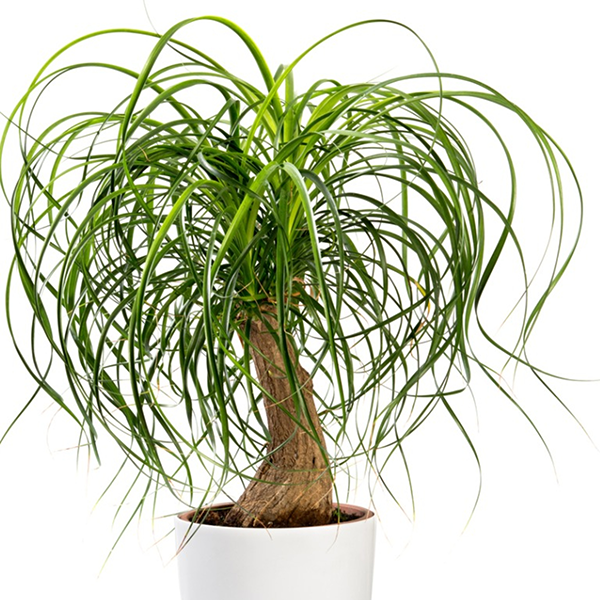
Ponytail palm
The ponytail palm is a popular houseplant with a bulbous stem and a cascade of leaves that resemble a ponytail. The ponytail palm isn’t actually a palm tree, but a succulent member of the agave family. These plants are easy to grow and forgiving, They thrive in bright indirect light and drier soil.
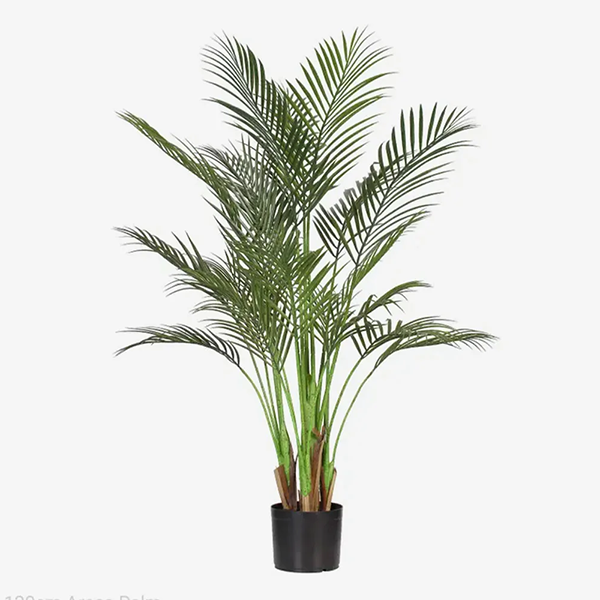
Alexandra Palm
The Alexandra Palm grows in rainforests and has the ability to withstand heavy rain, making it a dominant species in these habitats. It’s often used as an ornamental plant for its feather-like dark green foliage. It’s found in parts of Australia, as well as in the U.S. states of Florida and Hawaii.

Polka dot plant
The polka dot plant, as its name infers, has spots of colors on its variegated spiky leaves This common house plant is most often pink, but white and red varieties can be found. To make the color in the leaves of the polka dot plant as vibrant as possible, place in indirect but bright sunlight.
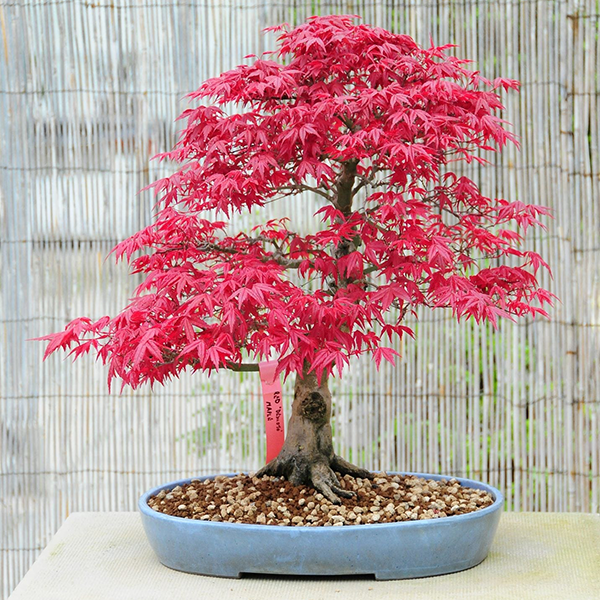
Japanese Maple
There is no plant that symbolizes the traditional Japanese garden better than the Japanese maple (Acer palmatum). This small deciduous tree or a shrub native to East Asia can grow up to around 33 feet, but it is often kept smaller, Japanese maple is loved for its artistic-quality canopy with brilliant red autumn leaves. It is also commonly grown as a bonsai
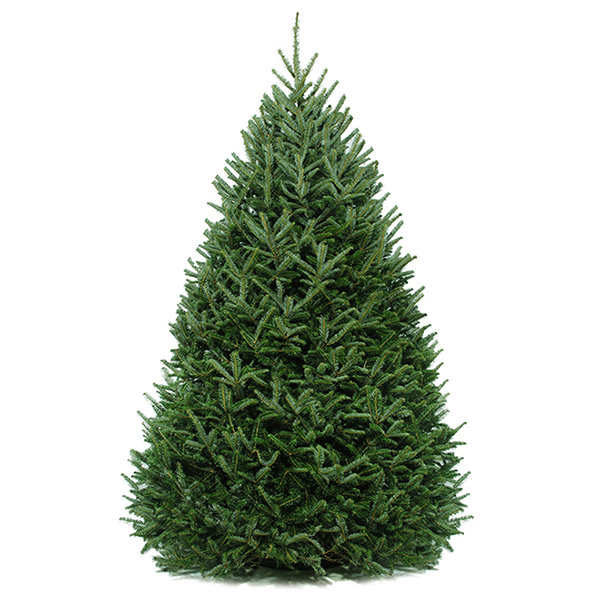
Balsam fir
Did you know that your last Christmas tree could have been a balsam fir? A common choice during the holidays, the balsam fir is native to North america and Canada and is well adapted to colder limates. The bark on young trees is smooth and grey, It contains resin blisters which often spray when rupture, and then become rough and fissured areas of the bark.
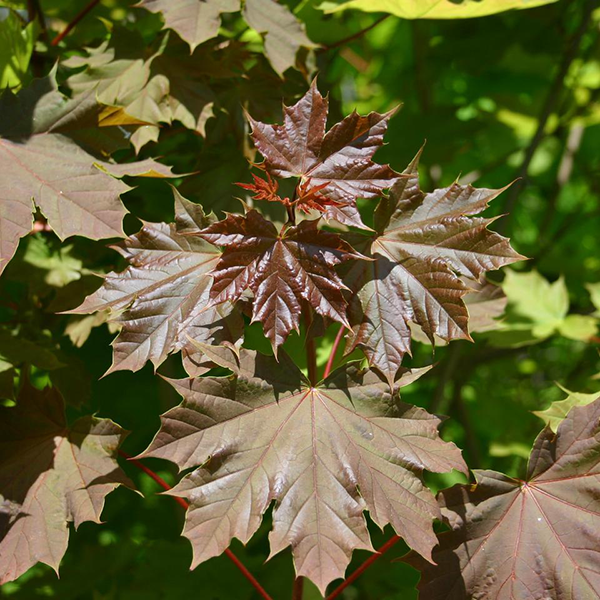
Norway Maple
Acer platanoides is a maple tree species native to Europe and West Asia. It is 20-30 m tall and has bright green, lobed leaves which turn yellow or red in the autumn. Introduced as an ornamental shade tree in the United States, it is now considered invasive. Outside of its northern range, it can be short-lived and susceptible to disease and damage.
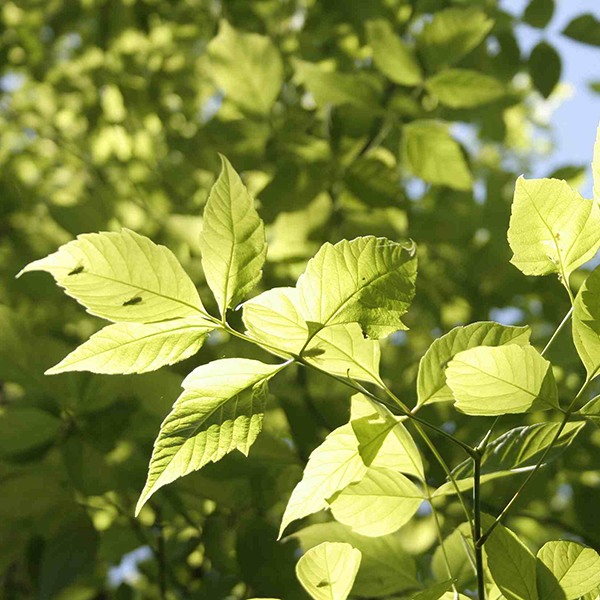
Box elder
Box elder (Acer negundo) is a type of maple tree native to North America, but which is now found throughout the world. It is a hardy,medium-to-large tree that grows quickly and has a relatively short lifespan of up to 60 years. Older trees are prone to storm damage. Box elder wood is relatively flimsy because the tree grows so fast.
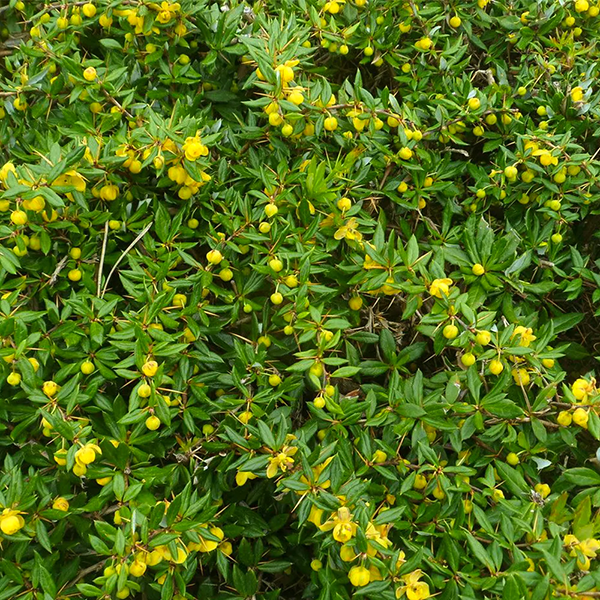
Wintergreen barberry
Wintergreen barberry (Berberis julianae) is an evergreen shrub that will grow to 4 feet tai! and 6 feet wide. It blooms clusters of yellow flowers from April to May. Berries ripen to blackish-blue in fall, attracting birds and other wildlife. Colorful foliage with leaves changing color from green to burgundy in winter, Requires full sun to partial shade.
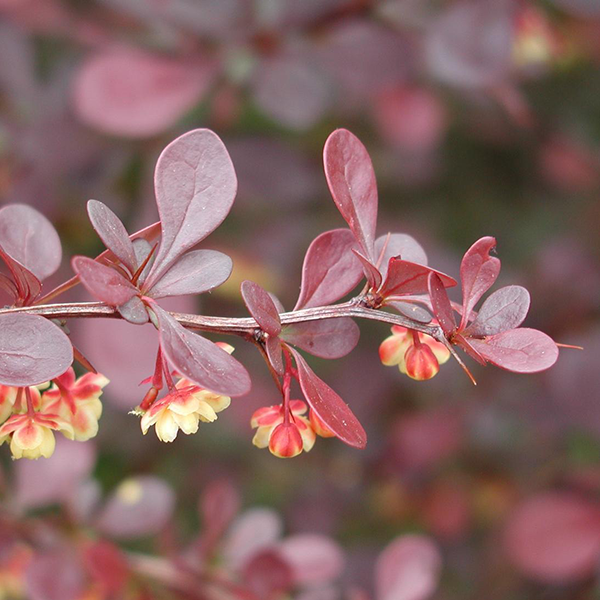
Japanese Barberry
Berberis thunbergii, colloquially known as Japanese barberry, is a flowering deciduous shrub commonly cultivated as an ornamental plant. Berberis thunbergii f, atropurpurea is
the most popular cultivar of this species, known for its characteristic dark red to violet foliage and bright red berries.
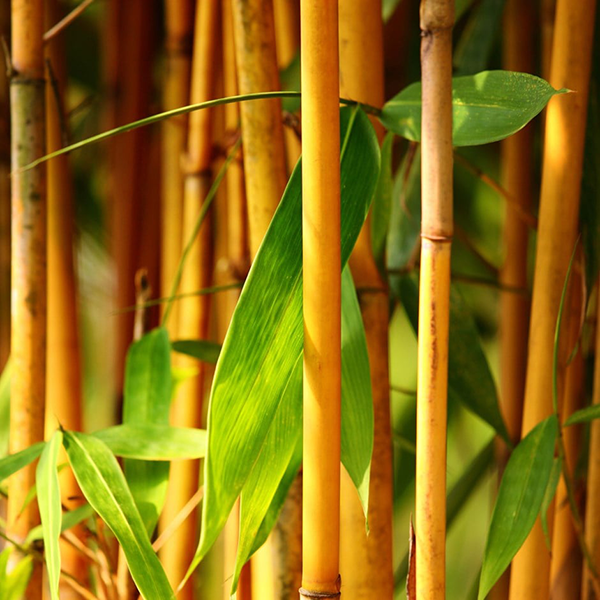
Golden Bamboo
Golden bamboo (Phyllostachys aurea) is a plant species often used as a screening bush or privacy hedge. Golden bamboo grows quickly, and its canes turn yellow in full or partial sun. They deepen into a gold-orange color as the plant matures.
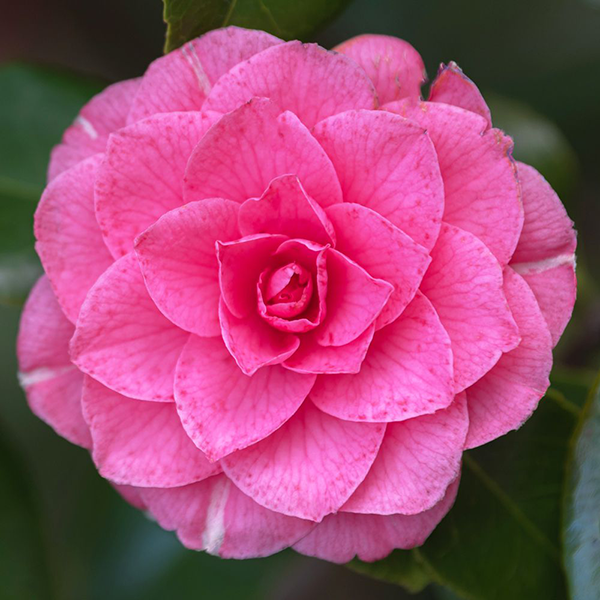
Japanese camellia
The Japanese camellia is a bright flower that thrives in temperate climates. Native to Japan, it has since spread around the world and is even the official state flower of the U.S. state of Alabama. In China, the Japanese camellia is considered a symbol of luck, and is a staple of many New Year celebrations.
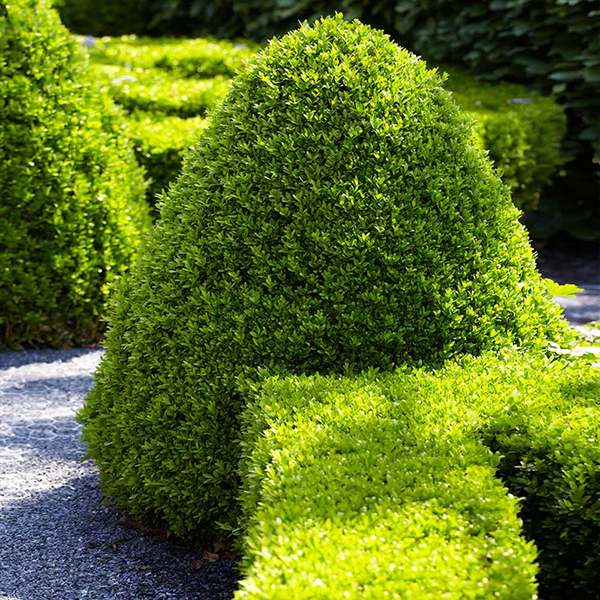
BoxWood
Boxwood (Buxus sinica var. parvifolia) is a hardy shrub that grows up to 2 feet tall and 3 feet wide, Boxwood is hardy and survives in colder climates. This species grows best in the shade. It has shallow roots, and should be cultivated in isolation from other species.
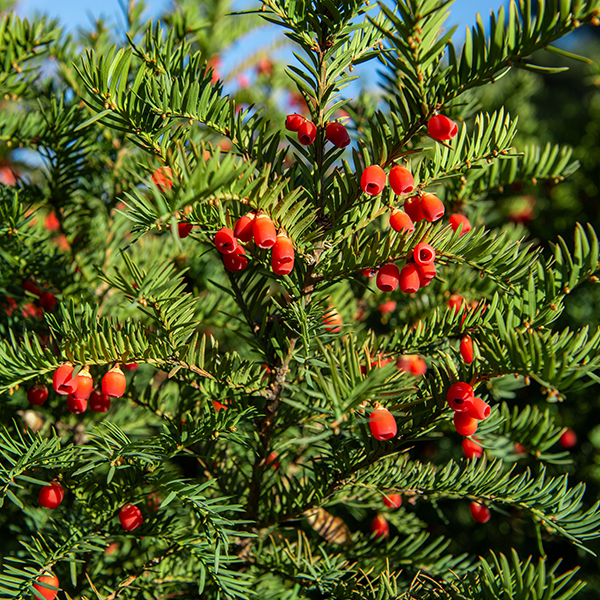
Japanese yew
Japanese yew (Taxus cuspidata) is a yew tree species native to Japan, Korea, and China. Come in all sizes, the Japanese yew yields bright red berries and has bright green leaves, making it a popular holiday aecoration. This plant is toxic to humans.Birds such as waxwing, thrushes, and cardinals use the plant as shelter.

Deodar cedar
The deodar cedar is the national tree Pakistan and among Hindus it is worshipped as a divine tree. Difficult Meditation practices by sages are often done in forests of deodar cedar as a tribute to the Hindu god Shiva. The wood of deodar cedar is also frequently used as a building material because it is resistant to rot, has a close grain, and is very durable.

Western hemlock
Western hemlock (Tsuga heterophylla) is a hemlock tree species native to North America. Western hemlock is planted throughout California and other regions for ornamental purposes as well as forestry.
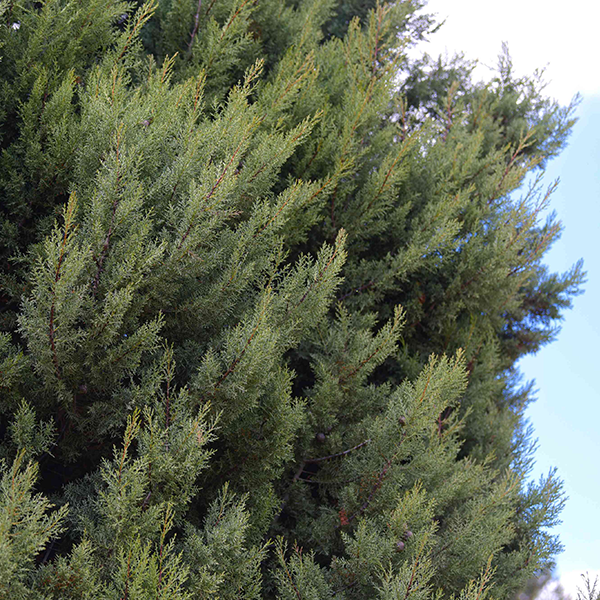
Arizona cypress
The arizona cypress is a popular evergreen for its heat and drought tolerance. The needles of the arizona cypress are soft and fragrant. It can be used for windscreens, erosion control, landscaping, and for christinas trees.

Crepe myrtle
Crepe myrtle (Lagerstroemia indica) is a highly ornamental small tropical tree or shrub, often multi-stemmed, It is native to India, Southeastern Asia, and Japan, and features a characteristic vase-shaped crown
and beautifuHy-ruffled pink blooms that can last from early summer to autumn. It is also a popular nesting shrub for small birds.
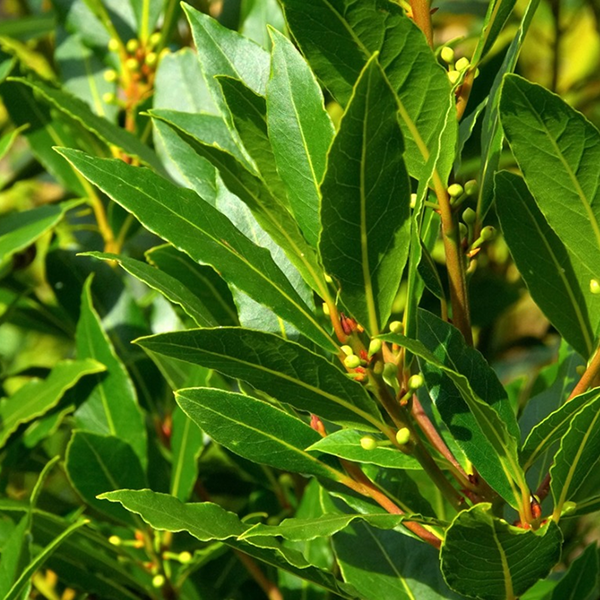
Bay laurel
The leaf of the bay laurel is widely known around the world and is used to season dishes, especially Mediterranean dishes. The aromatic whole bay leaves can be added during food preparation for flavor and then are typically removed before serving. Dried ground bay leaf can be used as a seasoning within the dish and is often added to soups and stews.
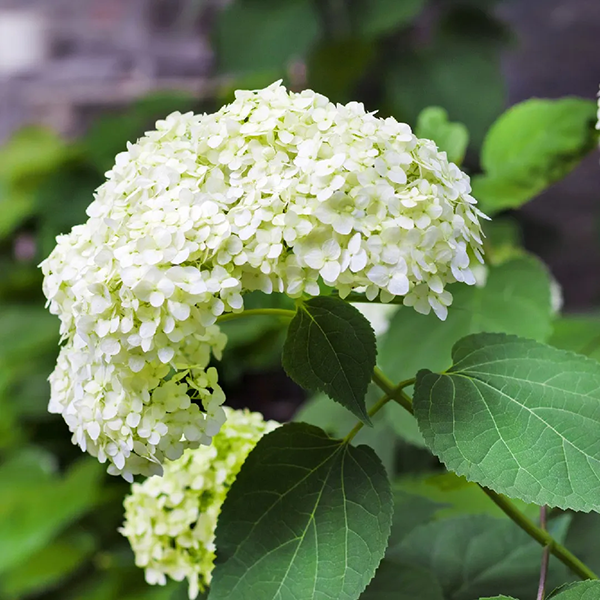
Smooth hydrangea
Smooth hydrangea (Hydrangea arborescens) is a deciduous shrub, naturally found on streambanks, gorges and wooden slopes in many parts of Northern America. It is commonly recognized by its showy inflorescences – big white corymbs which bloom during summer. Smooth hydrangea is often cultivated as an ornamental and it is an excellent choice for a border plant.
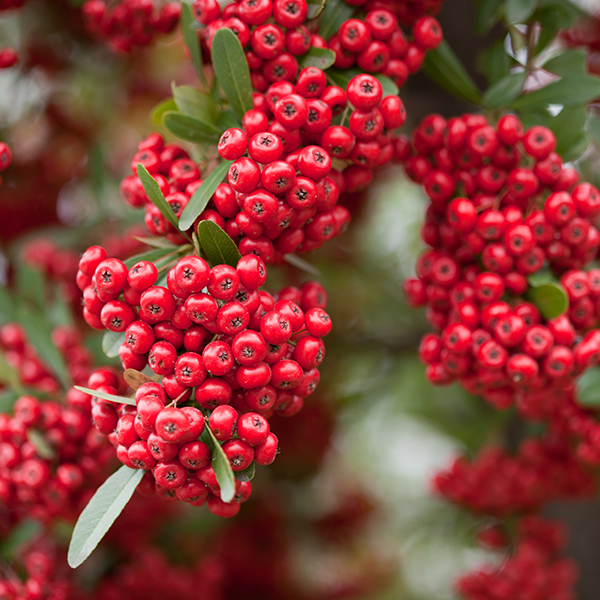
Chinese firethorn
Chinese firethorn (Pyracantha fortuneana) is a perennial, evergreen shrub named for its sharp, needle-like thorns. Native to China, it will grow to 15 feet tall and 10 feet wide. Its limber branches make it a good choice for espalier. Blooms profusely in spring with small, white flowers, followed by orange berries that ripen in fall. Prefers hot climates.

Chinese firethorn
Chinese firethorn (Pyracantha fortuneana) is a perennial, evergreen shrub named for its sharp, needle-like thorns. Native to China, it will grow to 15 feet tall and 10 feet wide. Its limber branches make it a good choice for espalier. Blooms profusely in spring with small, white flowers, followed by orange berries that ripen in fall. Prefers hot climates.
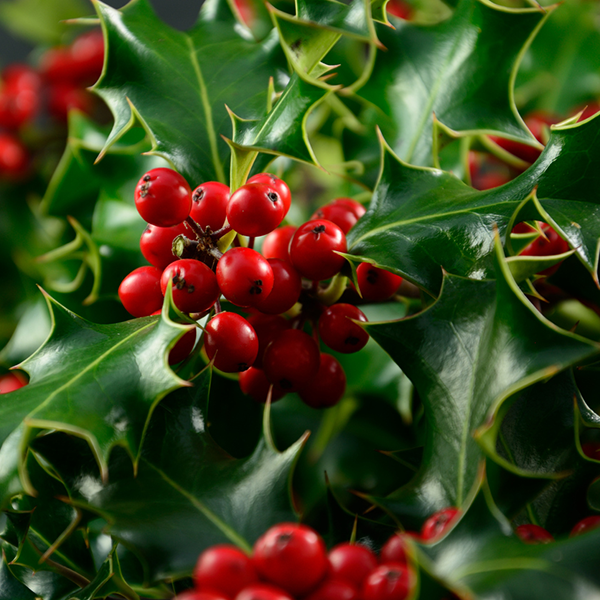
Common holly
Common holiy (Ilex aquifolium) is an evergreen tree or shrub, recognized by the characteristic shape of its leaves and bright red berries. Its natural habitat is understories of oak and beech forests. Common holly is widely used in landscaping in temperate regions. Thick crown and prickly leaves make this plant excellent for hedges.

Oleander
Nerium oleander, colloqurally known as oleander, is a shrub or a small tree, known for its majestic pink five-lobed flowers and deep green lanceolate leaves. Oleander is one of the most poisonous popular decorativegarden plants, so it is advised to keep small children and pets away from it.
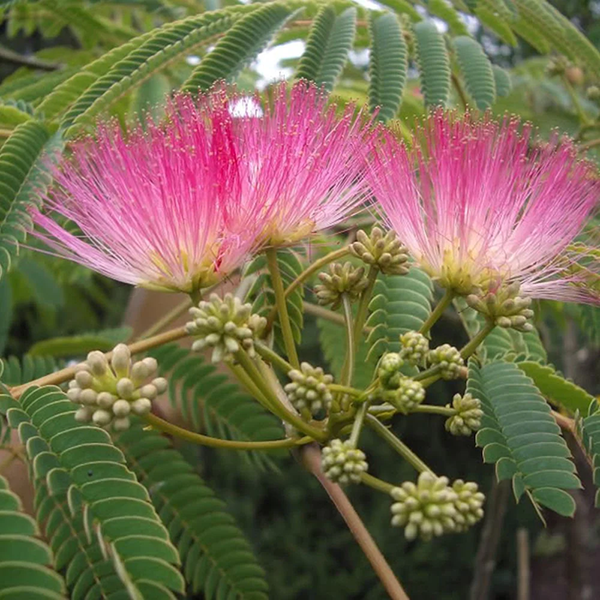
Persian silk tree
Albizia julibrissin, colloquially known as Persian silk tree, is a deciduous plant withcharacteristic pink, fuzzy inflorescences. Persian silk tree is mainly cultivated for decorative purposes. Its flowers have a mild, sweet smell and are often visited by butterflies, bees and hummingbirds.
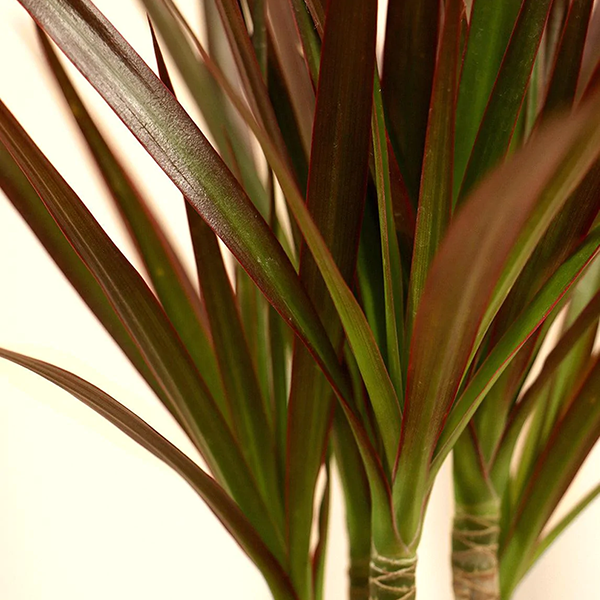
Madagascar dragon tree
Madagascar dragon tree (Dracaena reflexa vac angustifolia) is an evergreen tree often cultivated as an ornamental or houseplant. It is no wonder why madagascar dragon tree is one of the most popular houseplants – its richly colored, olive-green leaves and thick stems are very aesthetic. Aside from the attractive looks, madagascar dragon tree is said to have good air-purifying qualities (as many indoor plants).
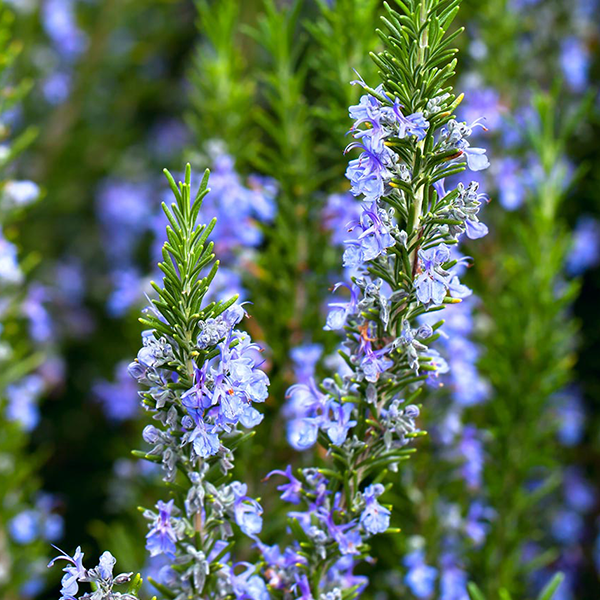
Rosemary
Rosemary is a herb with pale flowers and evergreen leaves. It gives off a distinctive scent and is used in cooking as well as in the making of scented perfumes, soaps, and candles. Rosemary is native to the Mediterranean region where evidence of its use by humans dates back at least 7000 years.
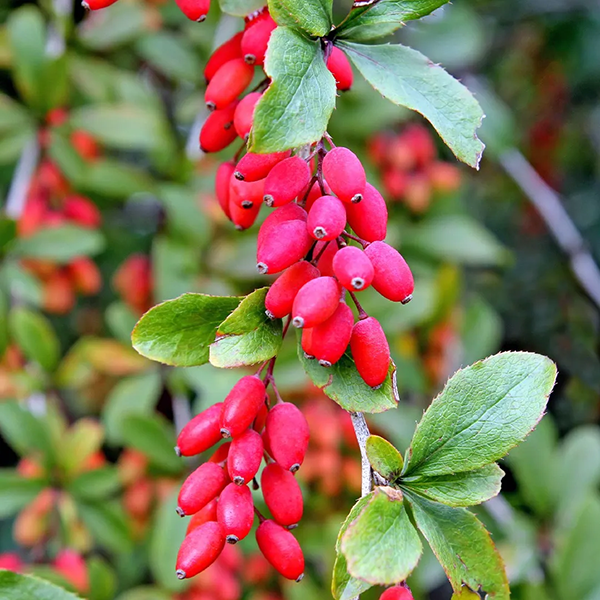
Common barberry
Common barberry (Berberis vulgaris) is a shrub with unpleasant-smelling flowers and
red berries. The flowers can be used to create dye while the berries can attract birds and small mammals. Common barberry is used as a hedge in some countries, but it is susceptible to rust disease
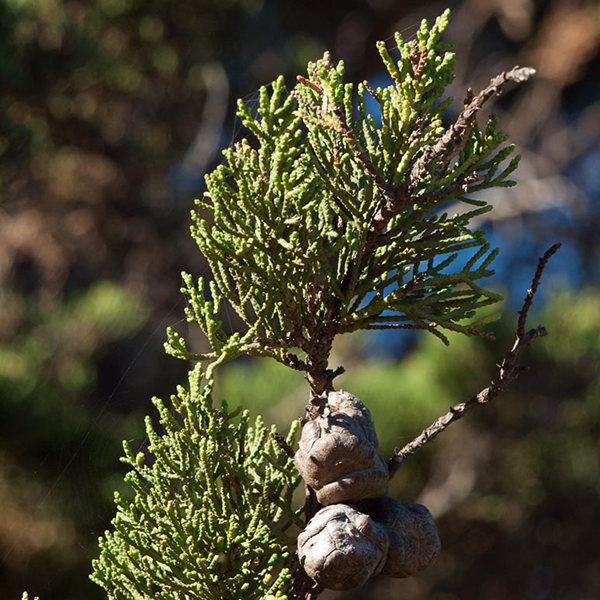
Monterey cypress
The Monterey cypress (Cupressus
macrocarpa) is a coniferous, evergreen cypress tree native to coastal California in the United States, It is a popular tree for cultivation and landscaping and occasionally for furniture construction, The foliage of the Monterey cypress is toxic to livestock.
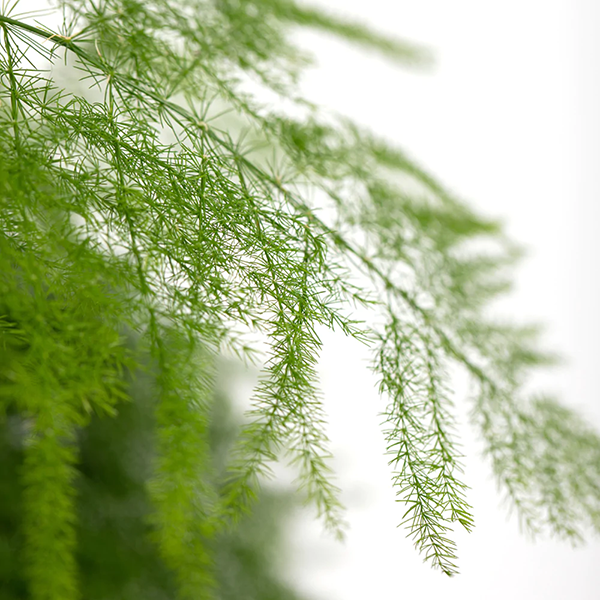
Asparagus fern
Asparagus fern is not a true fern but does resemble one. This perennial clumping herb gets its Latin name, Asparagus setaceus, from the Latin ‘seata1, which means hair or hairy. The leaves of the asparagus fern are often described as hairy or lacy. The flowers are greenish-white and bell-shaped.
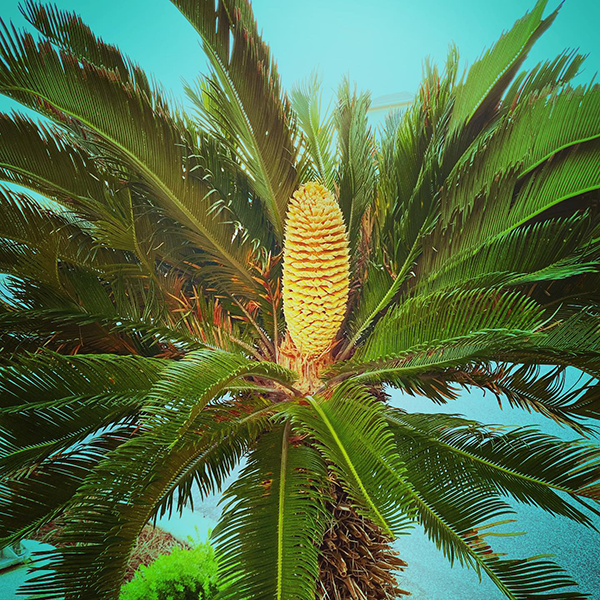
Sago palm
The sago palm is said to be a source of sago, a starch and carbohydrate source eaten in certain countries. Great care must be taken, however, because sago palm is poisonous that could cause vomiting, diarrhea,
headache, etc. These palm-like plants are more often kept for their decorative value. But make sure that your pet is away from this plant, which could be fatal to pets if
consumed.
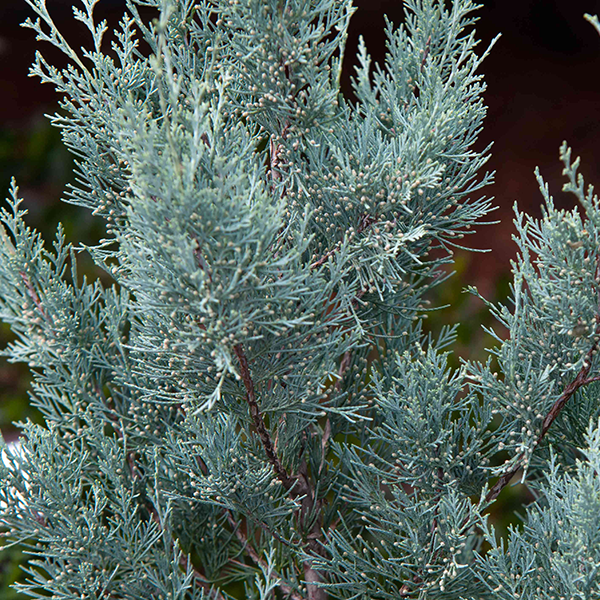
Rocky Mountain juniper
Rocky Mountain juniper (Juniperus
scopulorum ) is a relatively slow-growing evergreen tree that grows from 18-20 feet tall with a columnar to a rounded shape. It has dark green foliage and berries that attract birds and other wildlife. Its aromatic wood is often used in cedar chests and lumber. It does not grow well in humid climates.
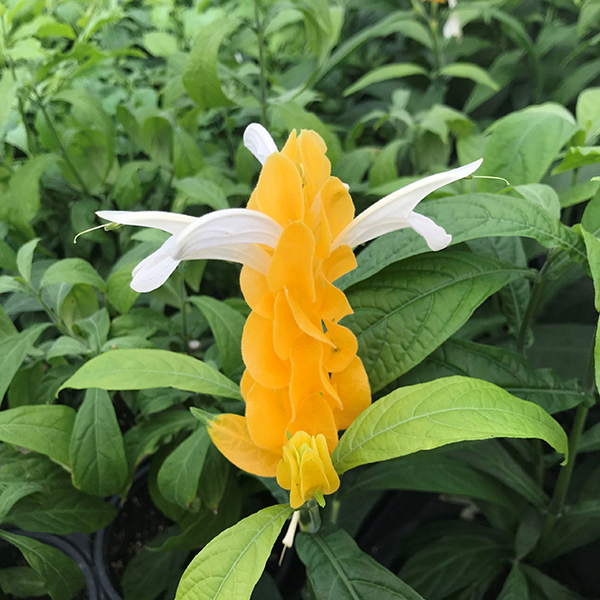
Golden shrimp plant
The Monterey cypress (Cupressus
Golden shrimp plant Pachystachys lutea) is an evergreen perennial shrub that grows well in full sunlight. Its showy, bright yellow, overlapping flower bracts resemble a crustacean, which gives it its name. It attracts butterflies and hummingbirds with its nectar.

Blue spruce
The blue spruce (Picea pungens) is an evergreen conifer with a beautiful, thick crown. It gets the “blue” name because its needles have a bluish tint, unlike other pine trees whose needles are a simpler green. This unique appearance has helped to make
the blue spruce one of the world’s favorite ornamental conifers, and it’s especially popular in Christmas tree production. Historically, these trees have also served other ornamental purposes.

Northern white cedar
Northern white cedar (Thuja occidentalis) is a small- to medium-sized evergreen conifer native to North America. This tree can be found in a variety of environments, including forested wetlands and along cliffs. Essential oils are roduced using northern white cedar and it also finds use as an rnamental plant. Due to its increasing popularity in landscaping, more compact plants have been used to develop smaller strains.
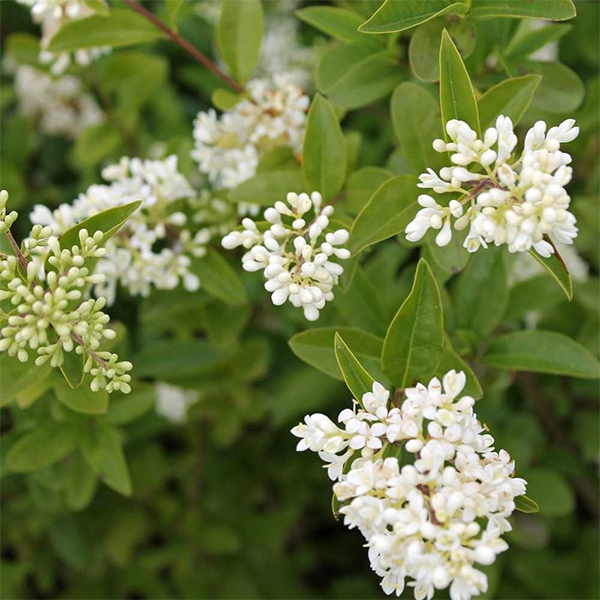
Common privet
Common privet (Ligustrum vulgare) is an ornamental shrub but considered an invasive species in some area. Many English hedgerows have been made using these plants, though they’re now often peplaced with a more evergreen species. The common privet’s decorative flowers produce an unpleasant smell. The fruits are poisonous to humans but readily eaten by birds, making it
possible for the seeds to spread far and wide
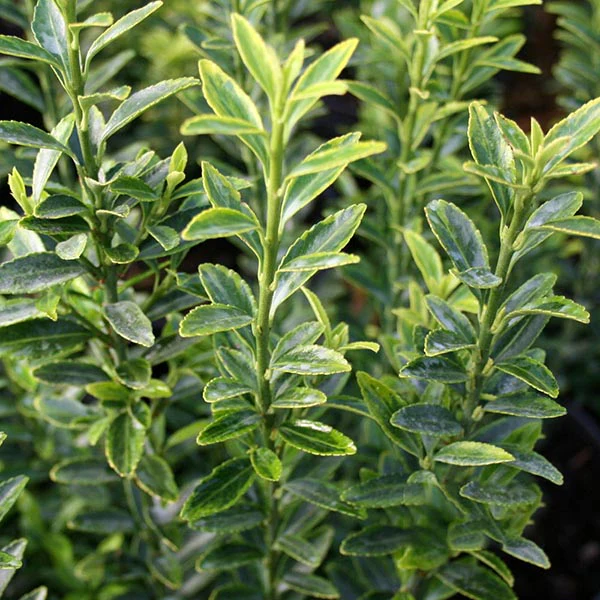
Japanese spindletree
Japanese spindletree(Euonymus japonicus) is a popular ornamental evergreen shrub with numerous cultivars. Due to its superb adaptability and decorative looks,
evergreen spindle can be found in parks and gardens all over the world. Its flowers produce a lot of nectar, which makes this plant very attractive to bees.
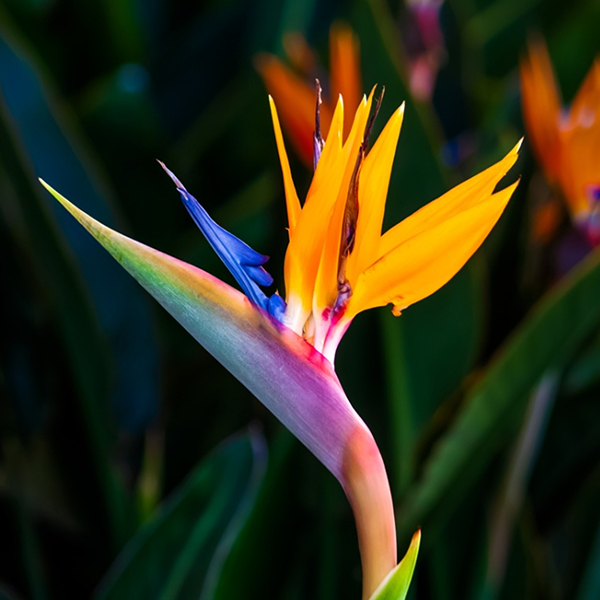
Bird of paradise
The bird of paradise is a bright, flowering plant. It is native to South Africa, where it is important to national culture, even being
featured on the country’s 50-cent coin. The bird of paradise has also become the official flower of Los Angeles in spite of its non¬native status. In the wild, these flowers
attract sunbirds as pollinators.
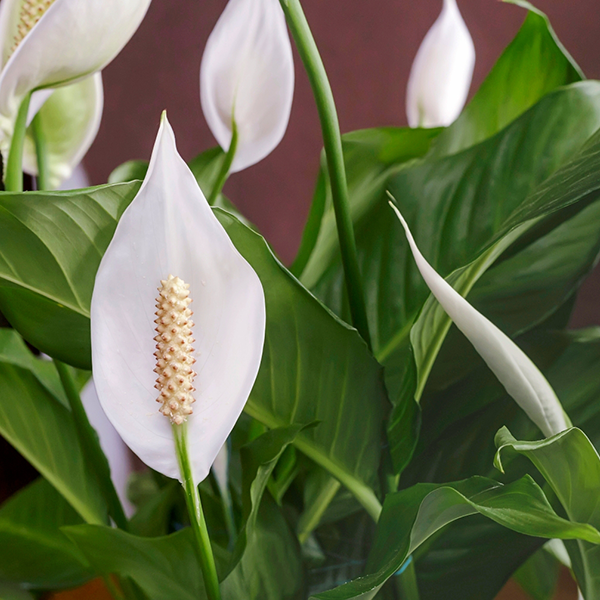
Peace lily
The peace lily gets its scientific name Spathiphyllum wallisii from a combination of the two Greek words ‘spath’ and ‘phyI’ which
means spoon and leaves, respectively. The large graceful white spath of the peace lily
resembles a white flag, which is an international symbol of truce or peace.
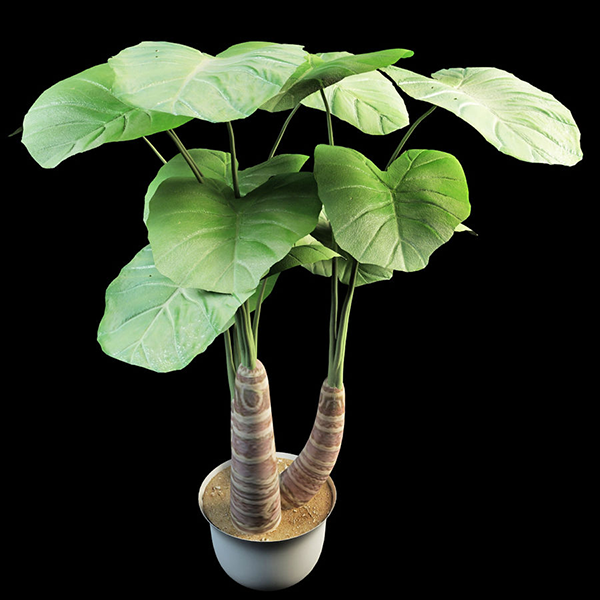
Night-Scented Lily
Night-Scented Lily (Alocasia odora) is a perennial plant whose large leaves grow to 2 feet long and resemble an elephant’s ear.
Fragrant, peach-colored blossoms bloom in spring and summer. Thrives in heat and humidity, so give it plenty of sun or partial shade in moist, organically rich soil.
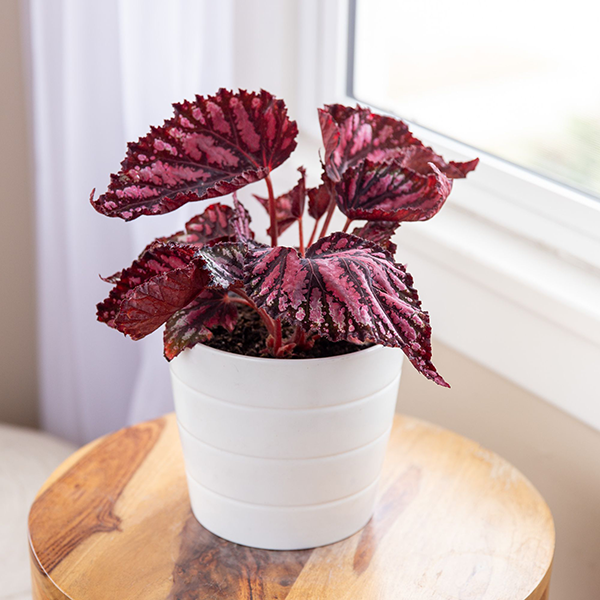
Rex begonia
Rex begonia (Begonia rex) is a flowering perennial native to tropical climates in Central
America and South America, Rex begonia is cultivated inside as a houseplant in temperate climates and grown outside in cooler climates
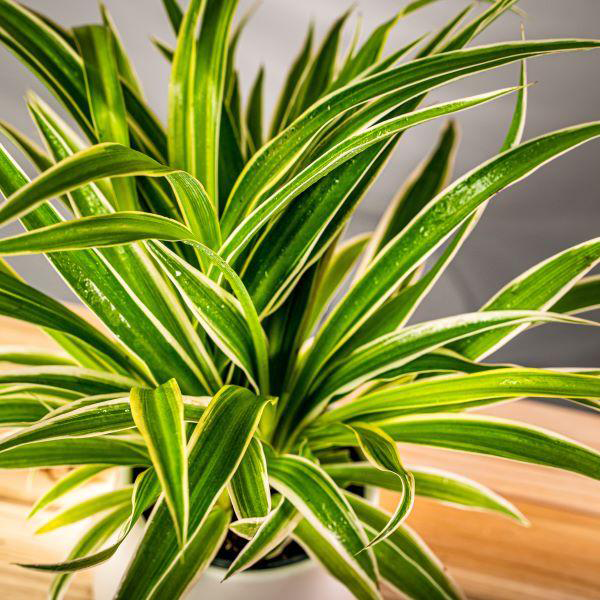
Spider plant
The spider plant is a green perennial plant with iong, thin leaves that earn it another name, “ribbon plant.” It has spread far from its native Africa because it is easy to care for. Since spider plants grow weil in partial or full shade, they have become popular
houseplants.
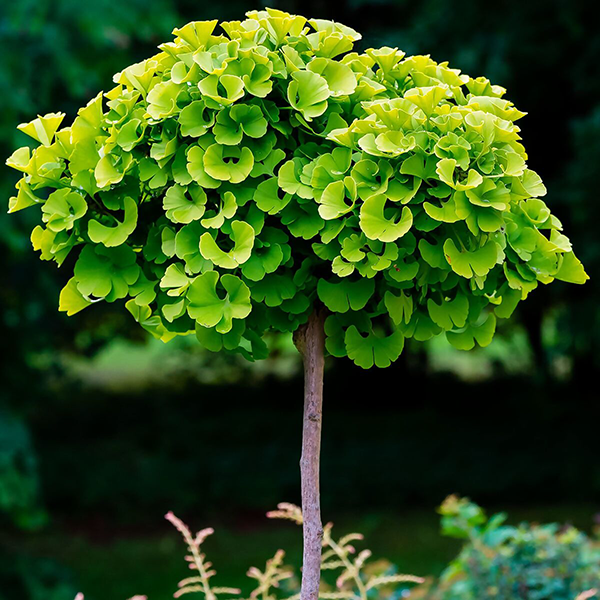
Ginkgo
Ginkgo (Ginkgo biloba) is a living fossil – a tree with such a long history that there are recognizable fossils dating to as much as 270
million years ago. Ginkgo is considered one of the earliest plant species cultivated by humans throughout history. The ripe fruits give off an unpleasant scent, so growers often plant only the male (non-fruiting) plants.
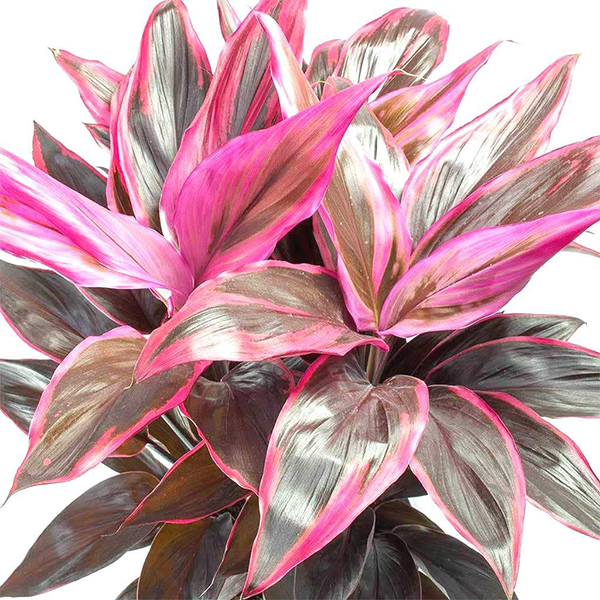
Ti plant
The ti plant is a palm-like shrub that symbolizes the connection between the living and the dead for some Austronesian cultures,
having many ceremonial purposes. In practical terms, Ti plant is used to make dyes and is grown for ornamentation.
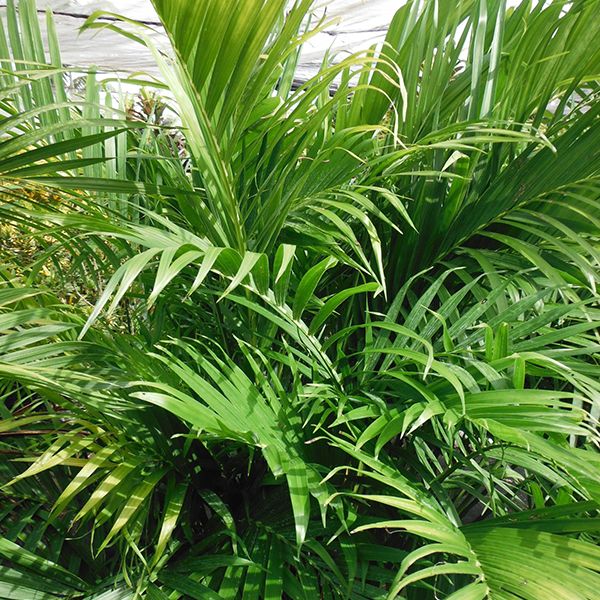
Cat palm
The cat palm resembles a palm tree but is much smaller. It doesn’t have a tree trunk, but rather a collection of green, plumed
leaves which issue up from the soil. Each has a distinctive oblong palm shape at its upper end. Given this unusual growth habit, the cat palm rarely reaches heights over 8 feet
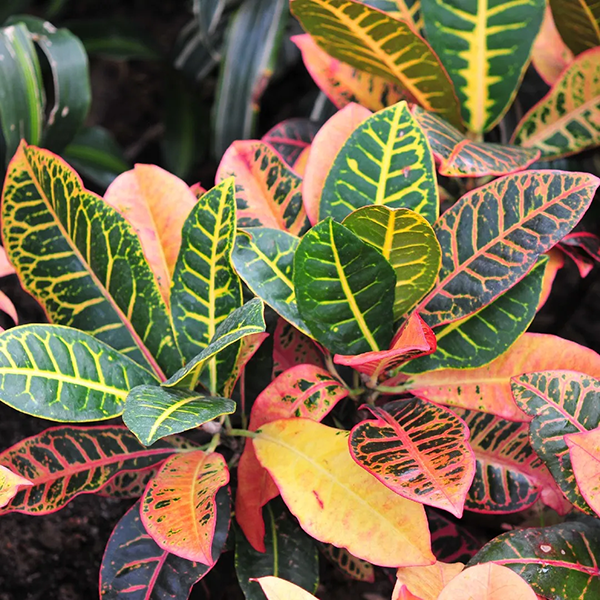
Garden croton
The garden croton is a showy tropical display that does well indoors or in warm climates.
Known for its attractive foliage, this plant can have both to color and structural variations in its leaves. Leaf colors can include orange, yellow, scarlet, white, and green, and many times all are present on one plant.

Song of india
The song of india has distinctive leaves that stay green year-round. The plant’s unique appearance and low-maintenance nature make it popular as a house plant. The song of india is native to Indian Ocean islands including Madagascar, though not, oddly, to India itself.
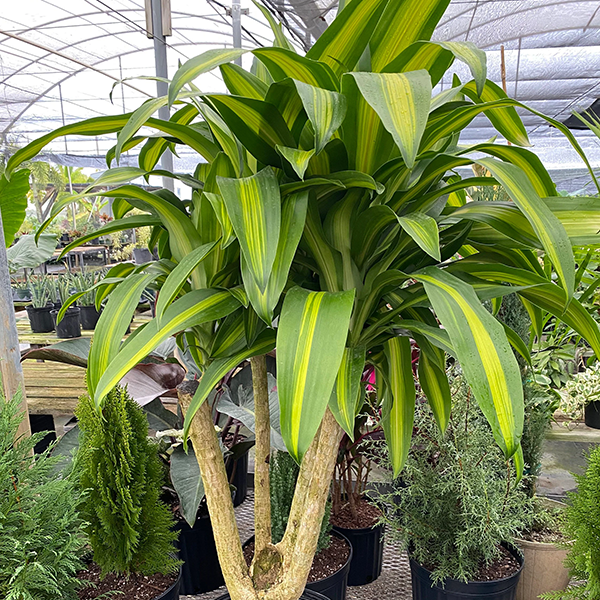
Corn plant
Corn plant (Dracaena fragrans) is an evergreen, slow-growing perennial shrub native to tropical Africa. Also, it is a classic houseplant, grown in Europe since the 1800s. Its glossy green foliage that resembles corn leaves grows on top of a thick cane, which is why the plant is sometimes called the ”false palm tree.”
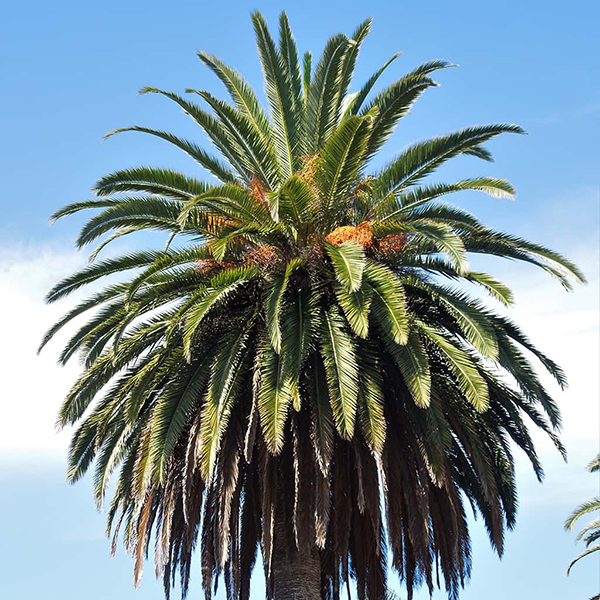
Canary Island date palm
This slow-growing tree takes decades to reach its maximum height of 40-50 feet. It produces large, orange fruit that, while edible, look better than they taste. Canary Island date palms have been imported to the warmer regions of the US, but require careful fertilization to grow outside their nativeCanary Islands.
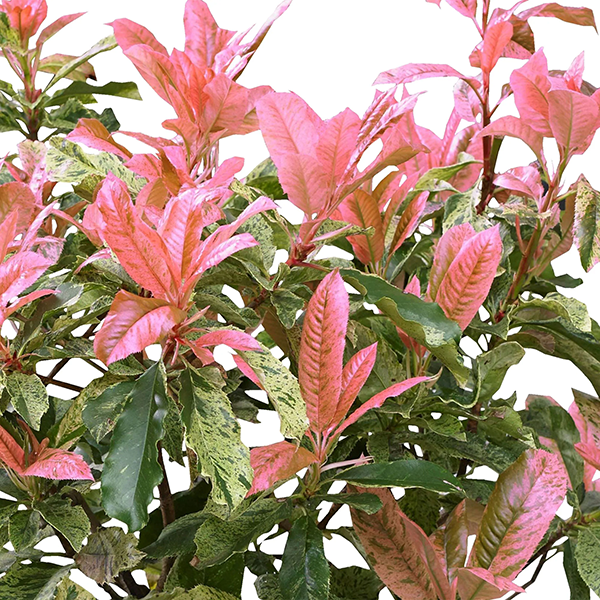
Chinese photinia
Chinese photinia (Photinia serratifolia) is a flowering shrub native to China. The Chinese photinia is planted in urban centers for ornamental purposes to augment greenery. The plant produces a fragrant scent, which some people enjoy and some people do not.
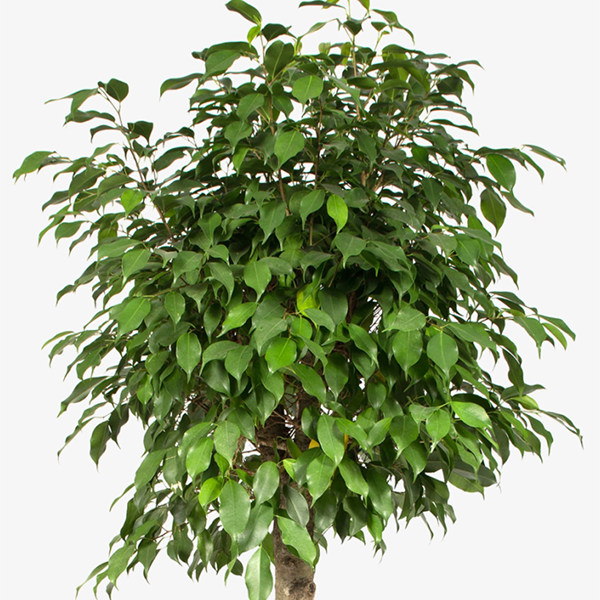
Weeping fig
Weeping fig (Ficus benjamina) is an evergreen tree native to Asia and Australia. It is one of the most popular houseplants in the world, known for its elegant, glossy leaves. However, people with allergies should avoid weeping fig, considering that it is a major source of indoor allergens. All parts of the plant are poisonous except the fruits.